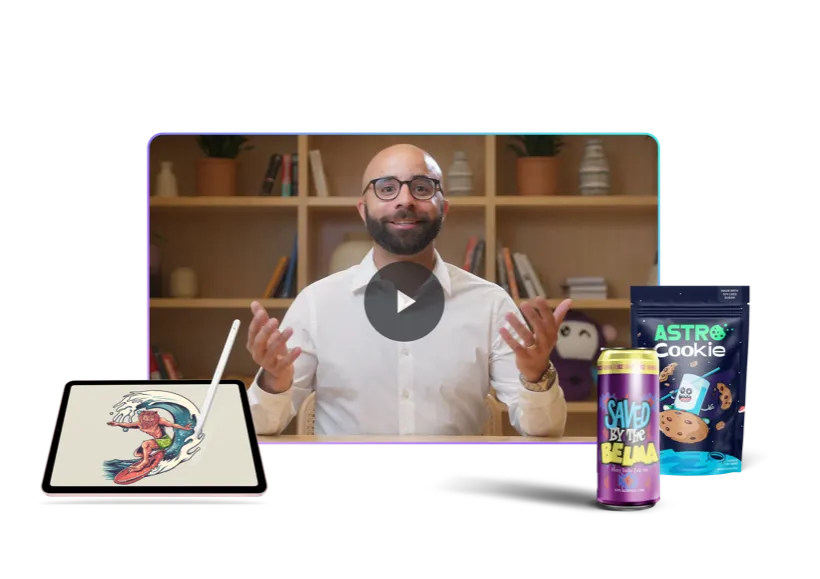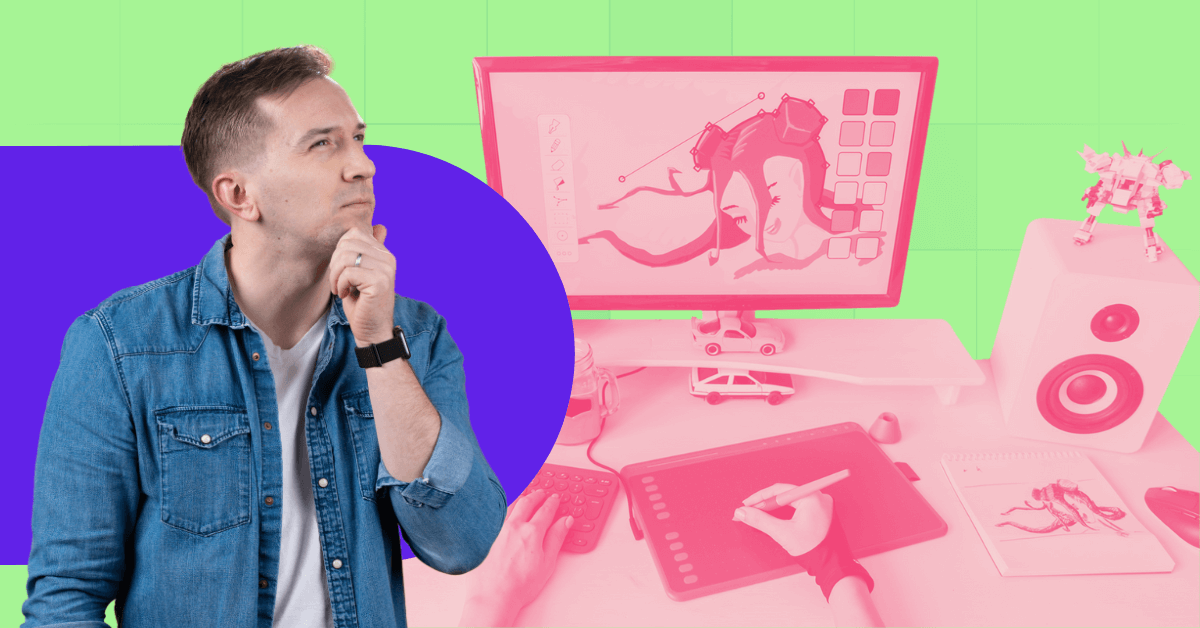
TL;DR: Finding the right design partner doesn’t have to drain your time or budget. You’ve got three main options: in-house designers for dedicated brand work, freelancers for flexible project needs, or design as a service for unlimited support. Match your choice to your workload, budget, and how much consistency your brand needs.
How do you find the right graphic designer for your business? Start by mapping out your design needs (branding, marketing materials, or digital assets). Choose between in-house, freelance, or outsource graphic design services based on your budget and project volume. Review portfolios carefully, get quotes from multiple designers, and prioritize quality over the lowest price to avoid costly revisions later.
When you’re looking for a graphic designer, the sheer number of options can feel overwhelming. Should you bring someone in-house? Work with a freelancer? Or partner with an agency? Your choice affects everything from your brand consistency to your monthly expenses.
Great design does more than make your business look pretty. It tells your story, builds trust with customers, and sets you apart from competitors who slap together their visuals using generic templates. But finding that right designer who gets your vision and delivers quality work? That takes some planning.
This guide walks you through exactly what you need to know before hiring a graphic designer, from figuring out your actual needs to avoiding the mistakes that cost businesses time and money.
Know What You Need
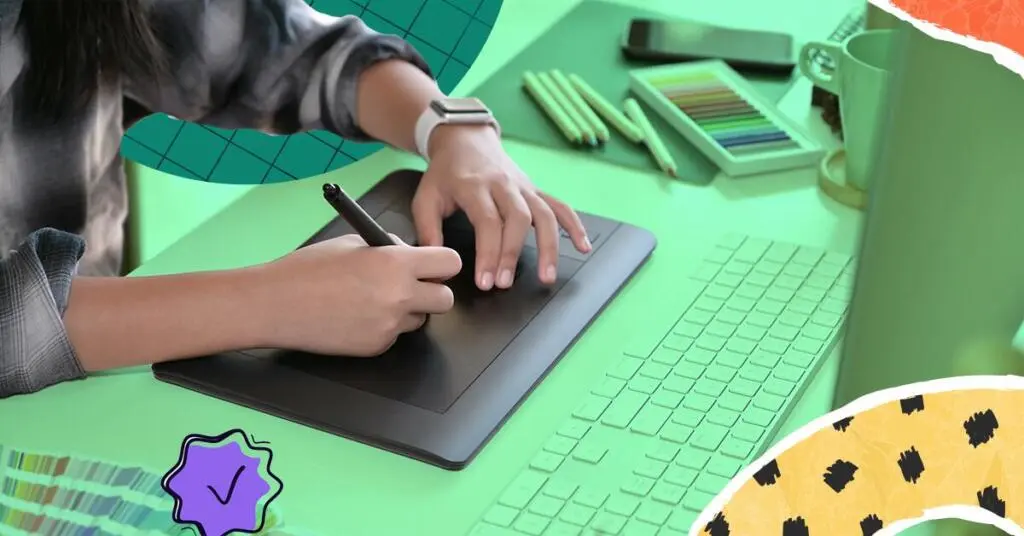
Getting clear on your design requirements saves everyone time. You don’t want to hire a logo specialist when you really need someone who can handle your entire marketing suite.
Branding Identity covers your visual foundation: logos, color palettes, fonts, and the overall feel that makes your brand recognizable. This creates that first impression that sticks with people.
Marketing Materials include everything you use to promote yourself, from business cards and brochures to social media posts and email graphics. These pieces need to work together to tell a cohesive story.
Digital Presence means your website design, landing pages, blog visuals, and online ads. Since most people meet your brand online first, these elements need to load fast and look sharp on every device.
Sure, you can grab templates online and DIY your designs. But professional designers bring consistency, polish, and strategic thinking that templates can’t match. They understand what works for your specific industry and audience.
What’s Your Designer Options
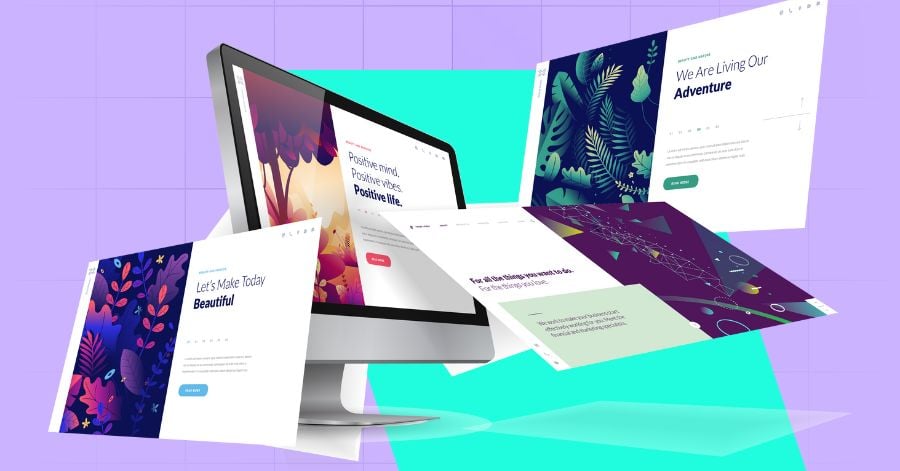
Each type of designer brings different advantages to the table.
In-House Designers work exclusively for you as full-time employees. They know your brand inside and out and can jump on urgent projects immediately. The downside? You’re paying salaries and benefits whether you have 40 hours of work for them each week or not. Small businesses especially feel this pinch during slower periods.
Freelance Designers give you flexibility. You hire a graphic designer when you need them and only pay for actual work done. They bring fresh perspectives from working across different industries. But managing multiple freelancers can turn into a coordination headache, and their availability isn’t guaranteed when your deadline hits.
Design Agencies offer full teams with varied specialties under one roof. They can handle big, complex projects and multiple requests at once. The catch? They’re usually the priciest option, and you might not get the personalized attention a dedicated designer provides.
Where to Start Your Search
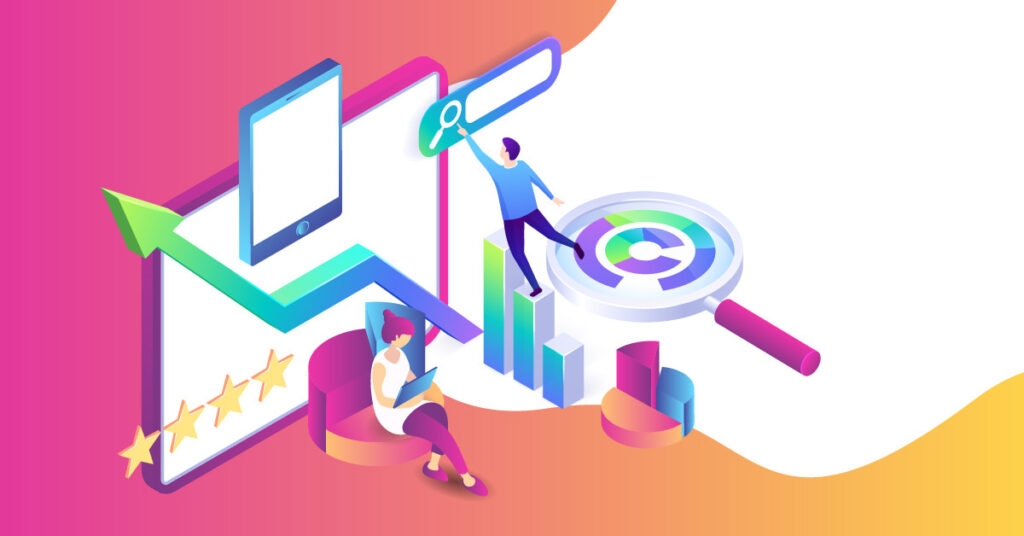
You’ve got several hunting grounds for design talent.
Online Platforms like Upwork, Fiverr, and Behance give you access to thousands of designers. You can browse portfolios, read reviews, and compare rates all in one place. Just remember that the sheer volume of options can be as much curse as blessing.
Design Schools connect you with graduates hungry for real-world experience. They bring current trends and fresh ideas, often at lower rates. You might need to provide more guidance, but you could discover amazing talent before they get expensive.
Networking Events let you meet designers face to face and get a feel for their personalities. The right cultural fit matters as much as design skills. The tradeoff? These events take time and limit you to local options.
Social Media platforms, especially LinkedIn, help you tap into your network for recommendations. Personal referrals often lead to better matches than cold applications.
What’s Your Budget Realities
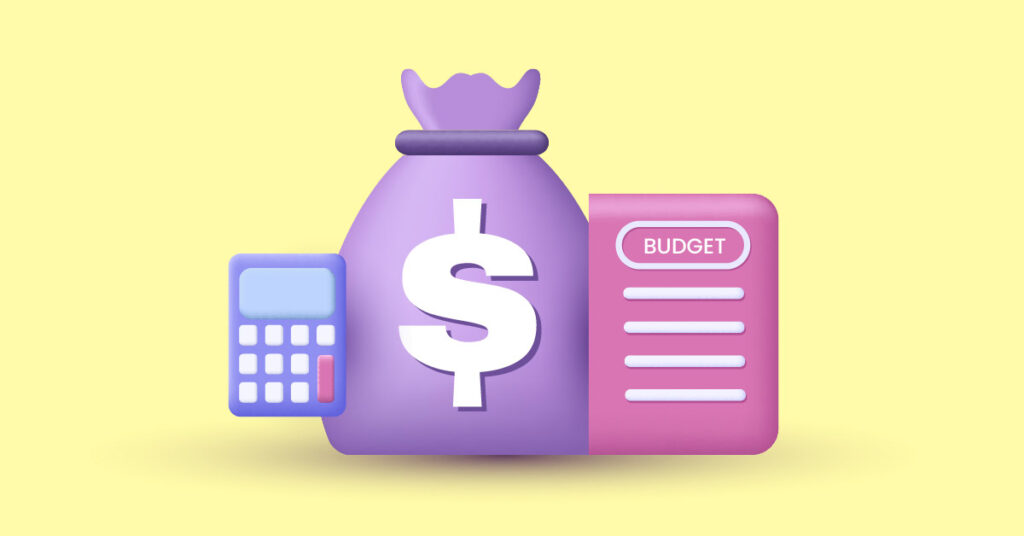
Designer rates vary wildly based on experience and project complexity. Senior designers charge more but usually deliver faster and require fewer revisions. That efficiency can actually save you money in the long run.
Complex projects with multiple components or custom illustrations naturally cost more than simple social media graphics. Be realistic about what your project actually requires.
Research typical rates in your area to avoid overpaying or lowballing talented designers. Get quotes from several candidates to compare not just prices but what’s included in those prices.
Balance your budget with quality needs. The cheapest option often means multiple rounds of revisions that eat up time and money anyway. Sometimes paying more upfront for experienced talent is the smarter financial move.
What are the Mistakes That Cost You
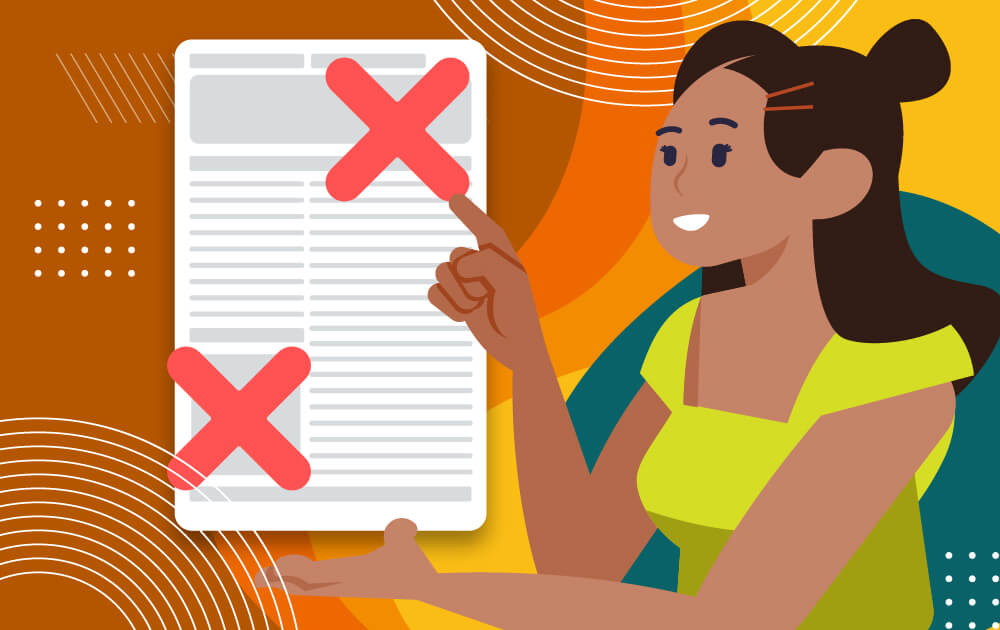
Skipping the portfolio review is like hiring a chef without tasting their food. Browse through previous work carefully and look for styles that match your vision.
Vague project briefs waste everyone’s time. Spell out exactly what you need, who your audience is, and what success looks like for this project.
Choosing based only on price often backfires. That bargain designer might deliver work that needs so many fixes, you end up paying more than if you’d hired someone experienced from the start.
Work Smarter with Unlimited Design
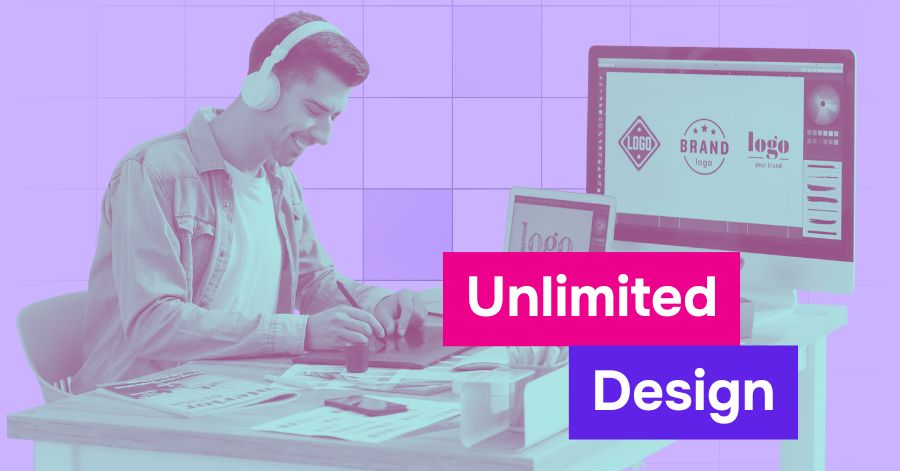
Finding and managing individual designers takes serious time. Unlimited graphic design services flip this model by giving you access to an entire team for one flat monthly rate.
At Penji, we’ve already done the hard part—vetting hundreds of applicants to build a team of top-tier designers. You get unlimited revisions until your project is exactly right, no awkward conversations about additional charges.
Ready to Get Started?
Stop spending hours searching through portfolios and negotiating rates. Watch our demo to see how unlimited design simplifies everything, or submit your first request now and get designs back within 24-48 hours.
When you’re looking for a graphic designer, you want someone who understands your business and delivers consistently great work. That’s exactly what our team does every single day.
Frequently Asked Questions
How much should I budget for a graphic designer? Rates range from $25/hour for newer freelancers to $150+/hour for experienced designers. Simple projects like social media graphics might cost $50-200, while full branding packages can run $2,000-10,000+. Unlimited design services offer predictable monthly pricing that often costs less than hiring one designer.
What’s the difference between a graphic designer and a brand designer? Graphic designers create individual visual pieces like flyers, social posts, or ads. Brand designers focus on your overall visual identity—your logo, color scheme, typography, and how all your materials work together to tell your story.
How long does it take to complete a design project? Simple graphics can be ready in 24-48 hours. Logo designs typically need 1-2 weeks for concepts and revisions. Full website designs or comprehensive branding projects can take 4-8 weeks depending on scope and revision rounds.
Should I hire locally or work with remote designers? Remote work opens up a much larger talent pool and often better rates. The key is clear communication and proper tools for sharing feedback. Many businesses find remote designers work just as smoothly as local ones, sometimes even better since they’re used to over-communicating to stay aligned.
What should I include in a design brief? Cover these essentials: what you need designed, who your target audience is, your brand personality, specific requirements like dimensions or file types, examples of styles you like, your deadline, and your budget. The clearer your brief, the faster you’ll get designs that match your vision.
About the author

Celeste Zosimo
Celeste is a former traditional animator and now an SEO content writer specializing in graphic design and marketing topics. When she's not writing or ranking her articles, she's being bossed around by her cat and two dogs.




